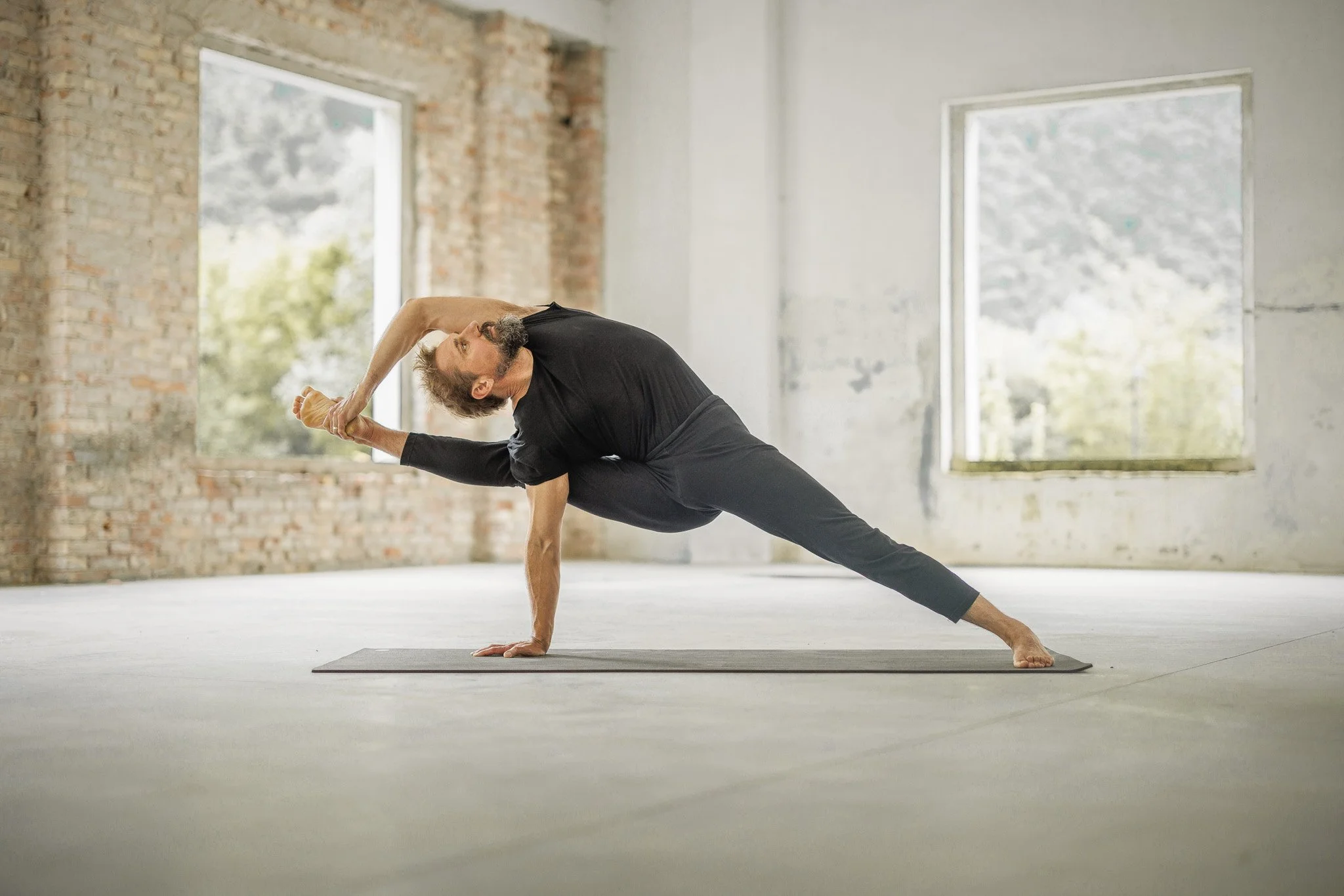
The Origin Story
From a devotion to Ashtanga and the quiet of a global lockdown, a new yoga practice emerged—Black Lotus Yoga, an offering of breath and movement to the body’s sublime creative power.
A Practice Born from Darkness
Black Lotus Yoga came unexpectedly, with no prior thought or design, through a body heavily steeped in practice. Out of the darkness before dawn, it crept forward to scatter the shadows, like the light of a new day.
The story of its origin is woven together with my own story of my love affair with Ashtanga Vinyasa Yoga. So I share some of that story here.
An Awakening from Devotion
Ashtanga Vinyasa was my first yoga. I came to it with a broken heart, and it showed me my wounds, taught me to be present with them, to hold them with simple awareness, and nurture myself back to a natural wholeness with a lost and forgotten power.
Ashtanga Vinyasa Yoga awakened within me some deep creative power, the same power that animates the breath of all living beings. Once that power awakened, I could feel it moving within me, turning my thoughts and making my heart beat.
So my Ashtanga practice took on a devotional edge. It became a way of holding space for the spontaneous movement of that sublime power. Through the Ashtanga practice, I held space for that power with genuine reverence and wonder, and each morning, I was refreshed and renewed.
I practiced Ashtanga in this way with unbroken devotion for sixteen years. And during that time, the immense but generous energy of which I now speak lifted me over many thresholds of consciousness. It spread through my being with the warmth of a kind heart and the exuberance of an ever-renewing life. My dedication to it was simple, spiritual, and immense.


A New Form Emerges
In the spring of my sixteenth practice year, just as the lockdowns began, and the world started spiraling into darkness, something extraordinary began to happen within me. That same creative energy that had awakened through Ashtanga began to speak, in the language of the body, as new phrases of breath and movement.
In practice time, I found myself running rather far off script, into unseen sequences and forms, taking postures that were unknown to me, and winding my way through vinyasas I had never encountered, but always with a familiar rhythm and line. I allowed these phrases to speak through me in their own idiom, and I steeped in the silent exhilaration of coming undone.
Those were some of the most enchanting practices I have ever known—alone in the dark, under the cover of the shadows, taking down the dictations of a divine creative force.
The old practice had come with hard labor, and settled into the body slowly, and even painfully, but this practice came from deep within, and expressed itself outwardly with an unusual grace and ease.
Here was the same creative energy that had animated my breath through so many years of Ashtanga practice, now breaking the confines of the old ritual and articulating itself in new sequences of forms.
The Call to Share
When I asked why this was happening, the answer came so simple and plain. The creative power was moved to refract itself into the sensuous space of the body in ever-refreshing ways—so it can be seen, heard, touched, and tasted anew.
Over the next three years, I practiced this yoga with deep exhilaration, luxuriating in the bliss of new openings, the elation of new movements, and the unspeakable pleasure of being in the presence of the divine. I kept this sublime secret to myself. I had no account of what I was experiencing, no words to describe this wonderful change, and no impulse to explain (much less to defend) this experience to anyone else.
As the pandemic waned, restrictions lifted, and people started to gather again, the question of what I was practicing became hard to evade. I shared my secret with an older, wiser friend, and she gave me a response that was sudden and sure.
“You have to share that with us. It’s not yours to keep,” she said. And the truth of her words made me shiver.
Breaking Tradition
The Ashtanga community has a purist attitude toward its discipline. It seeks to protect what it has by all means, and understandably. Nectar that sweet must be carefully preserved. Better not to adulterate it in any way.
So I tried to shake off the suggestion and do my work. But dreams of sharing this yoga woke me up at night. And I heard my own voice, telling my students to follow the creative call wherever it leads. I understood what I must do.
So I began sketching out the sequences that had been revealed to me, with adaptations for particular needs, then sharing them with close students and friends. The response was sudden and amazing. They all seemed to love this yoga as much as I did.
Their smiling faces reflected back to me the truth with which I was coming to terms—this secret is not mine to keep.
An Unlikely Channel
I am an unlikely channel, a coarse medium, a crude voice to represent a new mode of yoga, but I accept the charge with all my heart. And my spirit leaps at the opportunity to serve this creative power, which has so generously given life to me, and to reveal its movement through Black Lotus Yoga.
In the end, this is what Black Lotus Yoga is all about—adoring the miracle of embodiment, as the immediate revelation of a sublime creative power, and holding a space of wonder and reverence for its sacred movement, which we feel as the movement of the breath.
Black Lotus Yoga is, therefore, in the final sense, a devotional practice. Something undertaken to commune in reverence with the creative force that shapes our lives. And it will be my great honor and privilege to communicate it in just that way.
From the creative power, I ask for nothing. But from students of Black Lotus Yoga, I ask that you suspend your projections of me, so that I can be myself and live. I am not a guru or enlightened person. I have no special access to the divine. I am merely a lover of yoga, tasked to relay its call to you.



